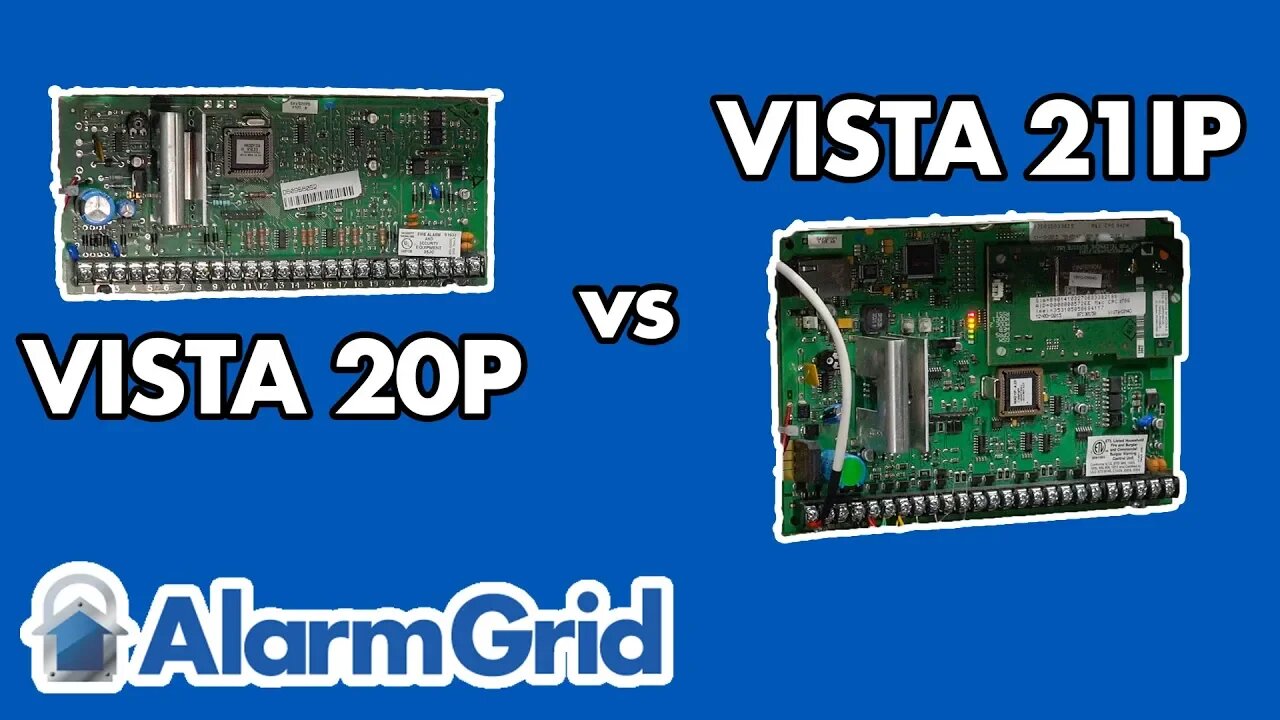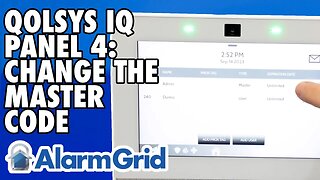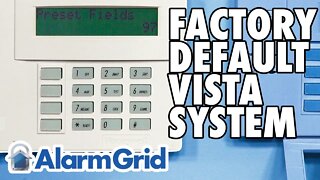Premium Only Content

Honeywell VISTA 20P vs Honeywell VISTA 21iP
In this video, Joe talks about the differences between the Honeywell VISTA 20P and 21iP Control Panels. These are essentially the same wired panels, but the 21iP has a built-in IP communicator to support a hardwired ethernet connection. But otherwise, they are pretty much the exact same alarm panel.
In terms of features and general capabilities, the Honeywell VISTA 20P and Honeywell VISTA 21iP Systems are virtually identical. Both are hardwired panels that support up to 48 zones. They use the same external keypads. Both can support hardwired sensors and the same wireless 345 MHz Honeywell 5800 Series Sensors with an added wireless receiver. Both can support the same cellular communicators. Both can access the Total Connect 2.0 interactive service. And both can do Z-Wave smart home automation with a Honeywell VAM or Honeywell Tuxedo Touch add-on.
The biggest difference between the systems is that the Honeywell VISTA 21iP includes an integrated IP communicator for supporting a hardwired ethernet connection. An ethernet cable can be run from a router to the VISTA 21iP so that the system can be monitored. This will allow the system to access Total Connect 2.0 right out of the box, provided that the user has an appropriate alarm monitoring plan. This built-in communicator is essentially a Honeywell AlarmNet 7847i Internet Communicator, which can be added to a VISTA 20P separately. Without an added communicator, a VISTA 20P System will only support a phone line connection. The only other notable difference between the two systems is that the layout of their boards is different.
Even with IP communication, a user may want to add cellular backup. The VISTA 20P and 21iP both support the Honeywell LTE-XV, as long they have the appropriate PROM chip upgrade. The Honeywell LTE-XV will allow these systems to connect with the Verizon LTE Cellular Network. This is one of the most advanced cellular networks available, and it will ensure extremely dependable communication for one of these systems. Cellular communication is fast, reliable, and unaffected by power outages. And an LTE communication will future-proof the system, allowing it to remain monitored for many years to come.
-
 4:37
4:37
Alarm Grid Home Security DIY Videos
1 year agoQolsys IQ Panel 4: Change the Master Code
29 -
 4:59
4:59
Alarm Grid Home Security DIY Videos
3 years agoHoneywell VISTA System: Factory Defaulting
26 -
 0:13
0:13
Travels of Epic Proportions
2 years agoRock Creek Vista
15 -
 1:46
1:46
KGUN
2 years agoSierra Vista EMS Substation
1 -
 0:13
0:13
Travels of Epic Proportions
2 years agoRock Creek Vista Point
7 -
 2:07
2:07
Not the same ol', same ol'
2 years agoVista of Transformation
26 -
 1:10
1:10
Martin County Wrestling
2 years ago106 vs Park Vista
8 -
 0:57
0:57
Martin County Wrestling
2 years ago112 vs Park Vista
15 -
 14:16
14:16
Martin County Wrestling
2 years ago145 vs Park Vista
13 -
 0:57
0:57
Martin County Wrestling
2 years ago120 vs Park Vista
16